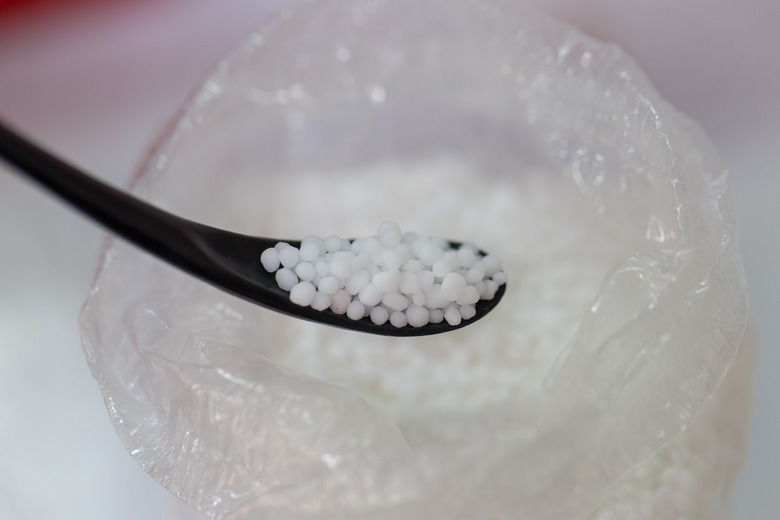How Does Urea Denature Proteins?
Urea is a compound that is highly active in a variety of biological processes in the human body as well as those of other mammals and organisms. It handles the disposal of excess nitrogen in the human body and acts as an agent in the denaturation of proteins. Urea belongs to a class of compounds known as chaotropic denaturants, which unravel the tertiary structure of proteins by destabilizing internal, non-covalent bonds between atoms.
Proteins can be denatured by urea through several processes. One method involves direct interaction whereby urea hydrogen bonds to polarized areas of charge, such as peptide groups. This mutual influence weakens the intermolecular bonds and interactions, weakening the overall secondary and tertiary structure. Once gradual protein unfolding occurs, water and urea can access more easily the hydrophobic inner core of the protein in question, speeding up the denaturation process.
Urea can also denature proteins indirectly, through affecting the attributes of the solvent in which the proteins are immersed. By changing the structure and hydrodynamics of the solvent itself, similar to putting a non-polar solute into the mix, urea encourages the destabilization of internal bonds. It would then appear that direct interaction of urea with the protein, through hydrogen bonding, is the likely beginning of protein unraveling. Indirect solvent and solute interactions help the process along, forming a path for this direct interaction to occur. Urea can also denature proteins indirectly, through affecting the attributes of the solvent in which the proteins are immersed. By changing the structure and hydrodynamics of the solvent itself, similar to putting a non-polar solute into the mix, urea encourages the destabilization of internal bonds. It would then appear that direct interaction of urea with the protein, through hydrogen bonding, is the likely beginning of protein unraveling. Indirect solvent and solute interactions help the process along, forming a path for this direct interaction to occur.
The exact manner in which urea degrades proteins is still the subject of some mystery. Research on the subject has shown that the probable answer is, in all likelihood, a combination of the above named factors. Experimental methods are an unlikely source of gathering insight as to how proteins are denatured by urea. Future research and improvement in atomic-level microscopy will, no doubt, shed more light on the issue and reveal the exact mechanism by which protein denaturation by urea occurs.
Cite This Article
MLA
Enne, Vee. "How Does Urea Denature Proteins?" sciencing.com, https://www.sciencing.com/urea-denature-5437260/. 13 March 2018.
APA
Enne, Vee. (2018, March 13). How Does Urea Denature Proteins?. sciencing.com. Retrieved from https://www.sciencing.com/urea-denature-5437260/
Chicago
Enne, Vee. How Does Urea Denature Proteins? last modified August 30, 2022. https://www.sciencing.com/urea-denature-5437260/
